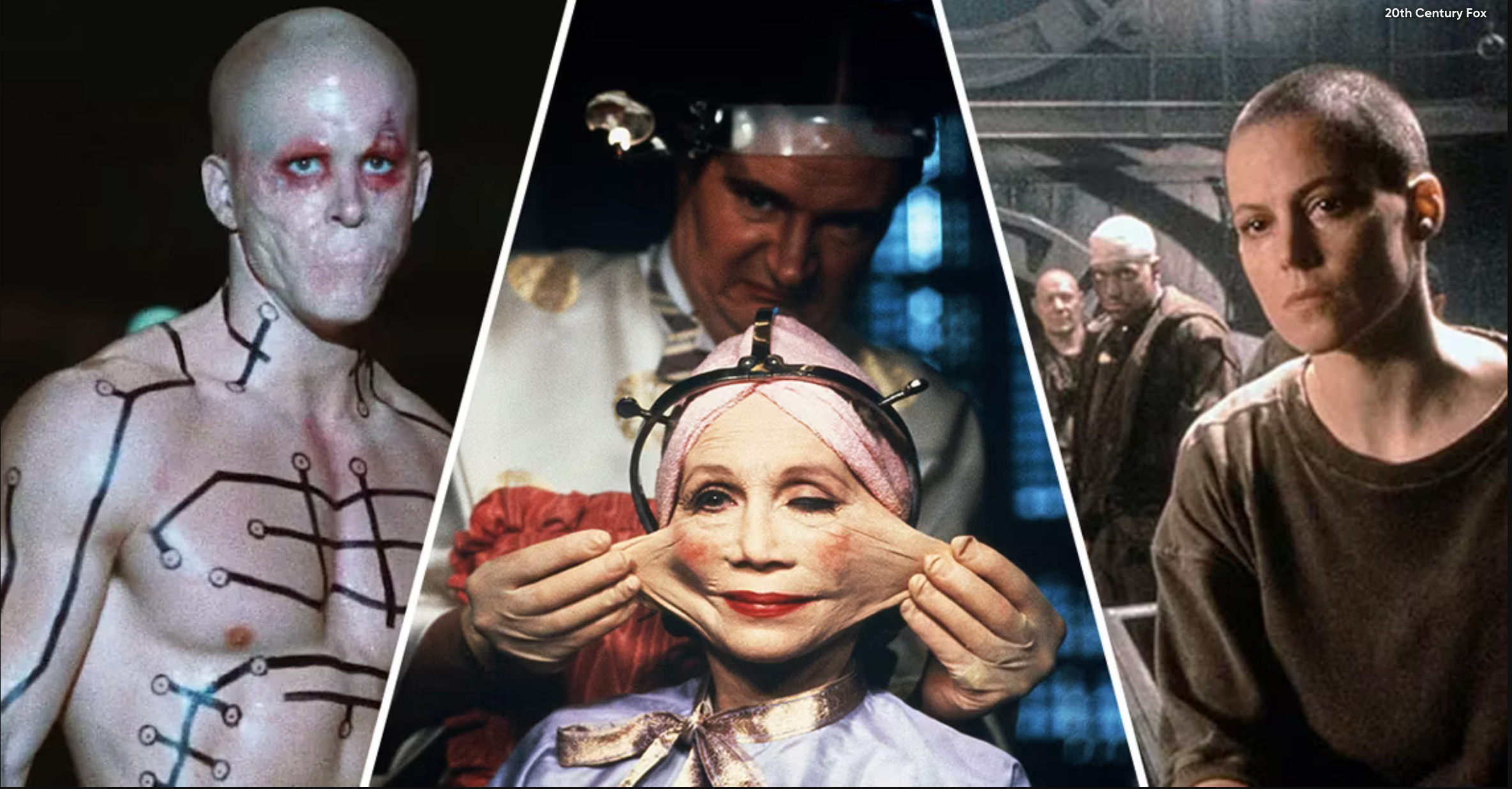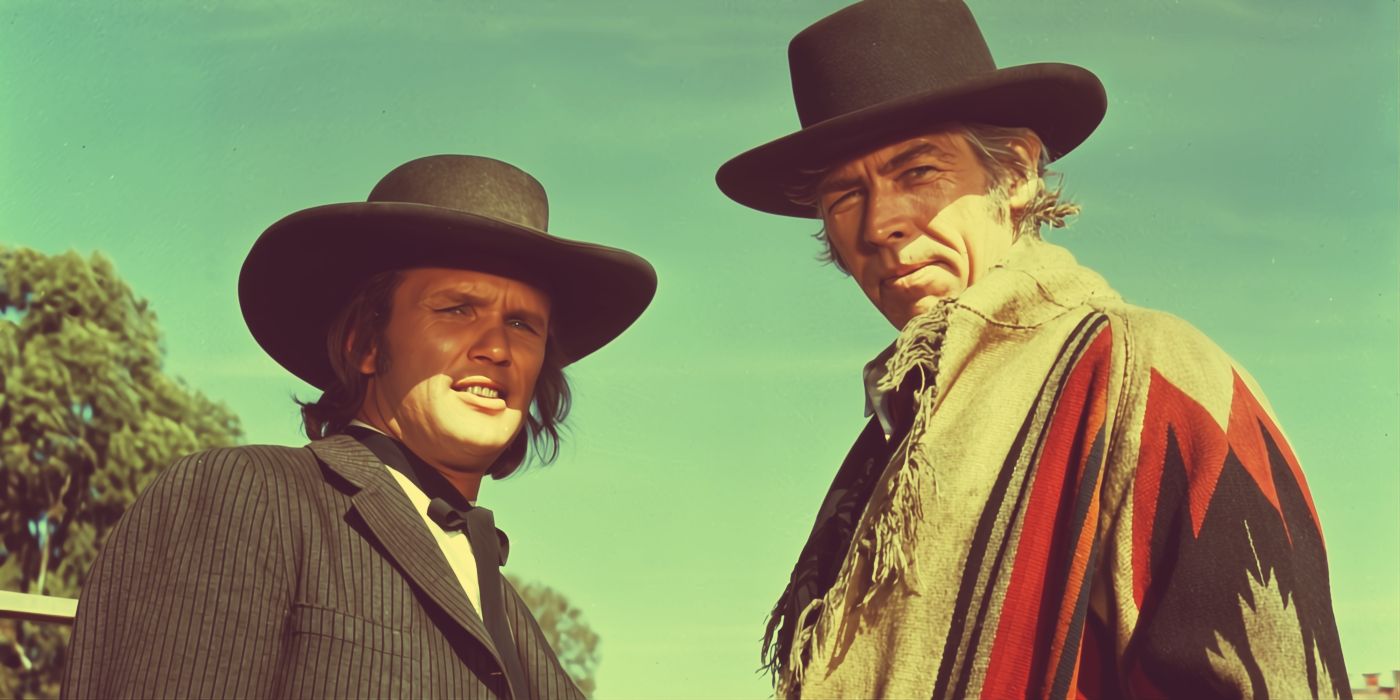Though his filmmaking career only lasted a couple of decades, Sam Peckinpah has cemented himself as one of the greatest filmmakers of all time. He's a director who bridged the Golden Age of Hollywood with the American New Wave (or New Hollywood) movement of the late '60s and '70s, paving the way for more violent, realistic, and dark movies. Famous for The Wild Bunch and Straw Dogs, Peckinpah was transforming what a studio picture could be. When Scorsese was making his debut film Mean Streets in 1973, it cost $650,000. The same year, Peckinpah made Pat Garrett and Billy the Kid for $4.6 million. Mean Streets was a success that launched Scorsese's career. Pat Garrett and Billy the Kid was a failure that nearly killed Peckinpah's.
But time has shown that this wasn't the director's fault. In fact, Peckinpah pushed to get his name off of the film before it was released, to no avail. That's because the studio behind the film, Metro-Goldwyn-Mayer (and specifically its president at the time, James T. Aubrey Jr.), pushed back against nearly everything Peckinpah did. The director and his crew even ended up having to secretly shoot on weekends, on their own time, to capture what they wanted the film to be. Eventually, it didn't matter. Aubrey and MGM brought in six editors to destroy Peckinpah's vision, eliminating 59 minutes from Peckinpah's first cut and 15 minutes from his mandated preview cut.
Fortunately, Pat Garrett and Billy the Kid has been restored, and the Criterion Collection is releasing a 4K set that includes the 50th anniversary release, the original theatrical release, and Peckinpah's preview cut. The film stars Kris Kristofferson, James Coburn, Jason Robards, and Bob Dylan, who created the gorgeous score for the film (including the song "Knockin' on Heaven's Door"). Here is everything that corrupted Peckinpah's original production and film, and why the film deserves to be called a Western masterpiece.
Sam Peckinpah Is the Greatest Director of Westerns Not Named John Ford
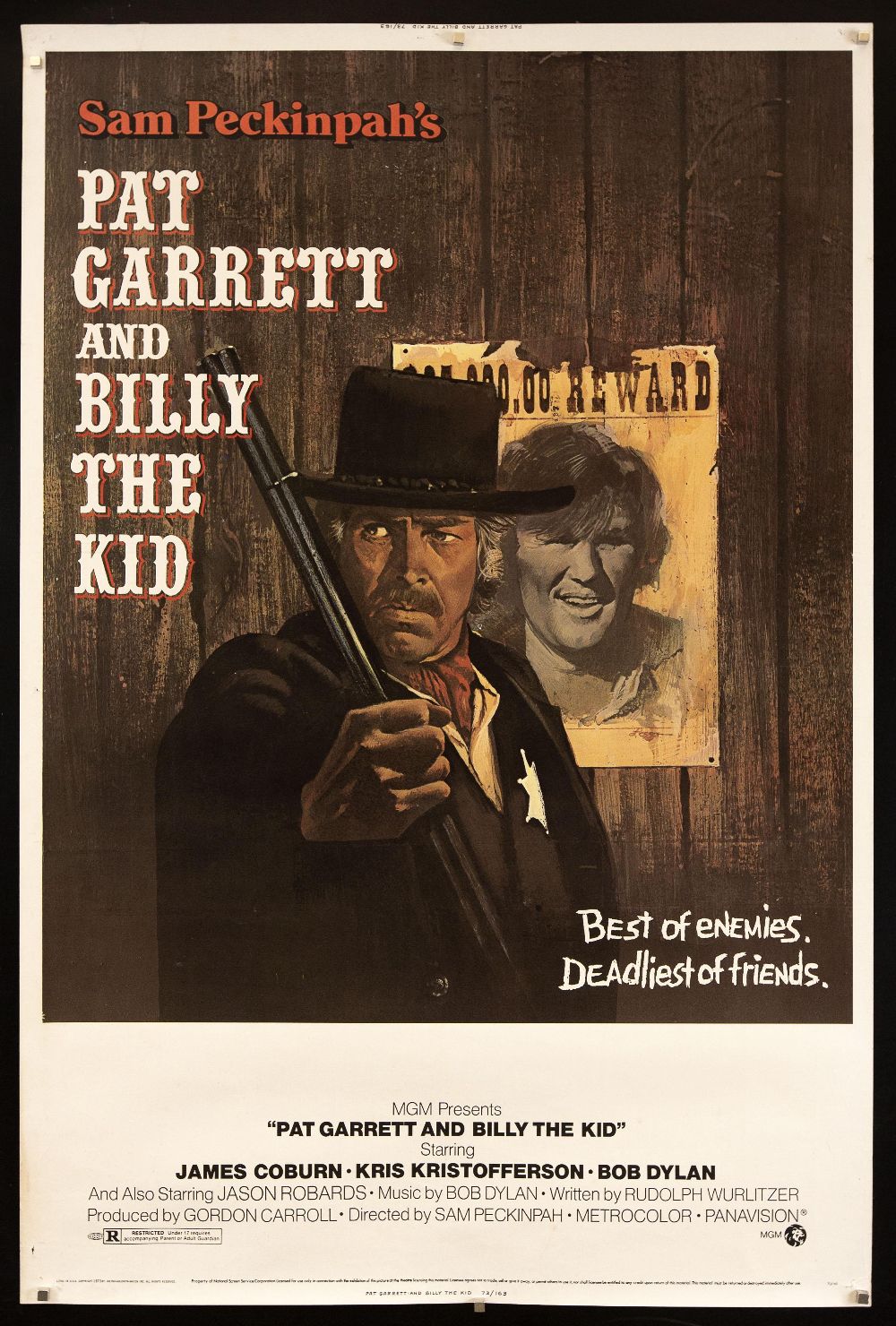
Pat Garrett And Billy The Kid
- Release Date
- May 23, 1973
- Director
- Sam Peckinpah
- Cast
- James Coburn , Kris Kristofferson , bob dylan , Jason Robards
- Runtime
- 115 Minutes
- Writers
- Rudy Wurlitzer
- Studio(s)
- Metro-Goldwyn-Mayer
Peckinpah's first directorial feature was actually set to be a loose variation on the story of Pat Garrett and Billy the Kid, One-Eyed Jacks. Rod Serling (The Twilight Zone) had written a treatment based on the novel The Authentic Death of Hendry Jones for producer Frank P. Rosenberg, who brought it to Peckinpah to write a full script and direct. Marlon Brando's Pennebaker Productions owned the rights to the novel, and Brando was set to star. He and Pennebaker Productions didn't like Peckinpah and his script, so they canned him. They would eventually hire and fire Stanley Kubrick (though Kubrick once said he quit), with Brando himself stepping in to direct One-Eyed Jacks two weeks before filming.
For the next decade, Peckinpah was haunted by the story of Pat Garrett and Billy the Kid. He would still direct a series of great films, what many people consider to be a cycle of countercultural, revisionist Westerns that defined the final stage of the genre in classical Hollywood. Violent, raw, ethically ambiguous, and often tragic, that cycle is as follows:
|
Sam Peckinpah Westerns |
Year of Release |
|---|---|
|
Ride the High Country |
1962 |
|
Major Dundee |
1965 |
|
The Wild Bunch |
1969 |
|
The Ballad of Cable Hogue |
1970 |
|
Junior Bonner |
1972 |
|
Pat Garrett and Billy the Kid |
1973 |
|
Bring Me the Head of Alfredo Garcia |
1974 |
While there are multiple masterpieces in the above table, it's Pat Garrett and Billy the Kid that's arguably Peckinpah's ultimate statement on the death of the Wild West and the victory of brute authoritarian power over outlaws and honor. The revisionist and ahistorical film is a moving portrait of two men on different sides of the law (almost a Western version of Heat) who recognize that time is passing them both by, with Garrett hired to finally hunt down and kill Billy the Kid. But getting it made was an inebriated disaster for everyone involved.
The Drunken Ballad of Sam Peckinpah vs. MGM
Peckinpah was finally able to make his film in 1973, but he made a deal with the devil. Metro-Goldwyn-Mayer was looking to replicate the success of The Wild Bunch, a success it desperately needed. Its aforementioned president, James T. Aubrey, was hired to drastically downsize MGM in 1969 after Las Vegas businessman Kirk Kerkorian took control of the studio and essentially gutted it to fund hotel and casino projects. 40 acres of back-lot property were sold along with legendary props from cinematic history, like the ruby red slippers from The Wizard of Oz, and the MGM Grand Hotel was built.
As such, Peckinpah was micromanaged by Aubrey, but the director was not one to be controlled. In his "As Luck Would Have It" Substack (one of several sources we draw from here), Richard Luck, author of Sam Peckinpah: The Pocket Essential (an invaluable little study), calls him:
A man who drank as if they were about to reinstate Prohibition, inhaled like Colombia had found a new cash crop, and bedded whores in numbers even Charlie Sheen might have considered excessive, it's amazing that Peckinpah was ever sufficiently sober to make movies.
It was a wicked, often chaotic shoot. Many people came down with influenza. The production went 21 days over its 70-day target. MGM and Aubrey were increasingly incensed. As Richard English writes for The Drunkard:
"The movie was going to be his masterpiece — a powerful meditation on honor — but he was unable to pull it off because of Aubrey. Not that he didn’t try. He got back at the guy by using certain of his contractual rights to spend gallons of the studio’s money. When Aubrey sent a lackey to spy on the production, as he often did, Sam would produce his Bowie knife and practice throwing it as the lackey tried to talk. Sam also carried a pistol in a shoulder holster and enjoyed creeping up behind the suits and firing several rounds into the sky, just to watch them jump and scramble for cover."
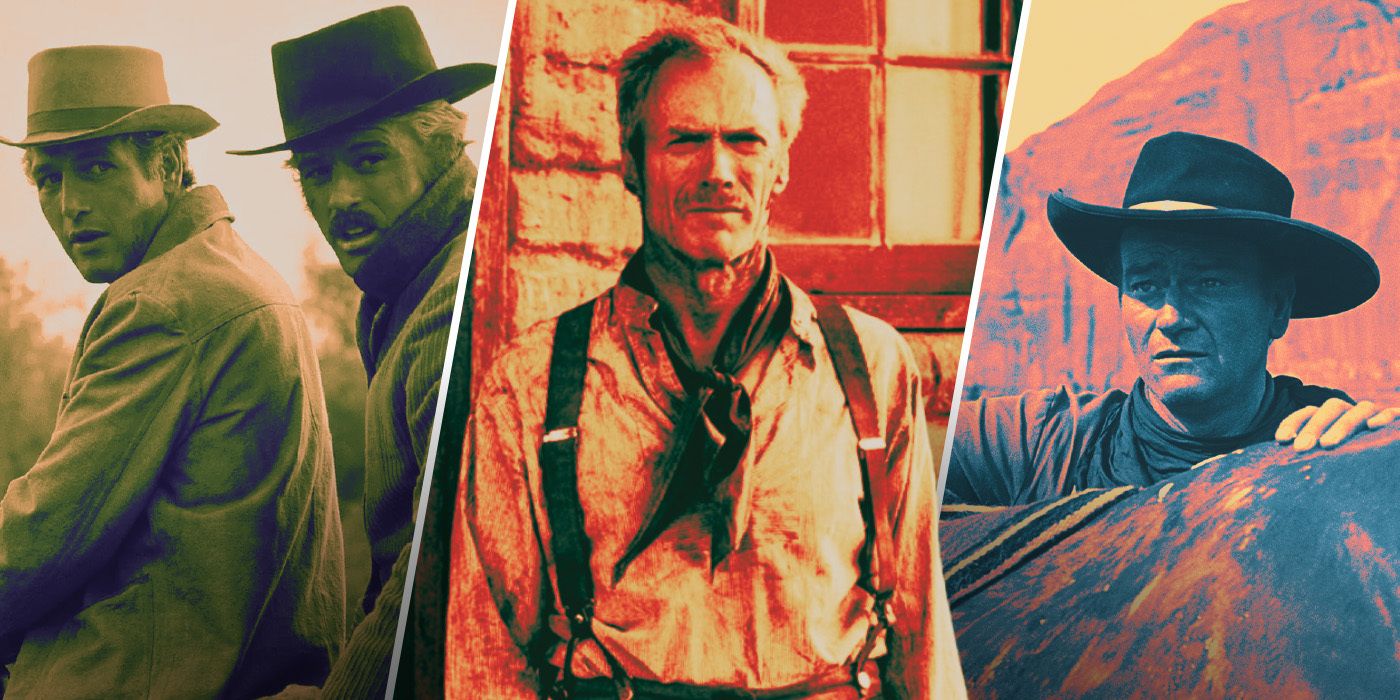
The 10 Most Rewatchable Western Movies
Some Westerns are one-off watches, but these are the Westerns you can watch over and over and never get tired of them.The result was that the production of a Peckinpah Western would often become as ribald as the Wild West itself. Kris Kristofferson went on to tell Men's Journal, “Sam was drunk, of course,” referring to the production of Pat Garrett and Billy the Kid. “By the end of the day, that bottle had taken over. I’ll never forget Bob Dylan turnin’ and lookin’ at me like, ‘What the hell have you gotten me into?’ [...] I had to take a pistol away from Sam," added Kristofferson. "He was worrying some people."
Bob Dylan Was Knockin' on Pat Garrett's Door
MGM also pushed popular musician Kris Kristofferson to play Billy the Kid, despite being a bit too old for the part. (Though less probable, some people say that Peckinpah chose the singer after watching him in Cisko Pike and seeing him at an L.A. concert.) This was probably the only bit of studio interference that Peckinpah ultimately appreciated, getting along well with Kristofferson, who would eventually say, "Sam was great. Completely mad, of course, but few people in movies had his guts."
Not only that, but Kristofferson was the one who brought Bob Dylan into the film, which would become the coup de grâce of Pat Garrett and Billy the Kid. He would play a friend of Billy the Kid named Alias, but more importantly, would provide the beautifully melancholic score for the film. Yes, that would include the classic song "Knockin' on Heaven's Door," but the 35-minute soundtrack is a perfect Western text, romantic, sad, rousing, pretty, and heartbreaking in equal measure. It reflects one of the main themes of the film, the death of the outlaw, personified by Peckinpah.
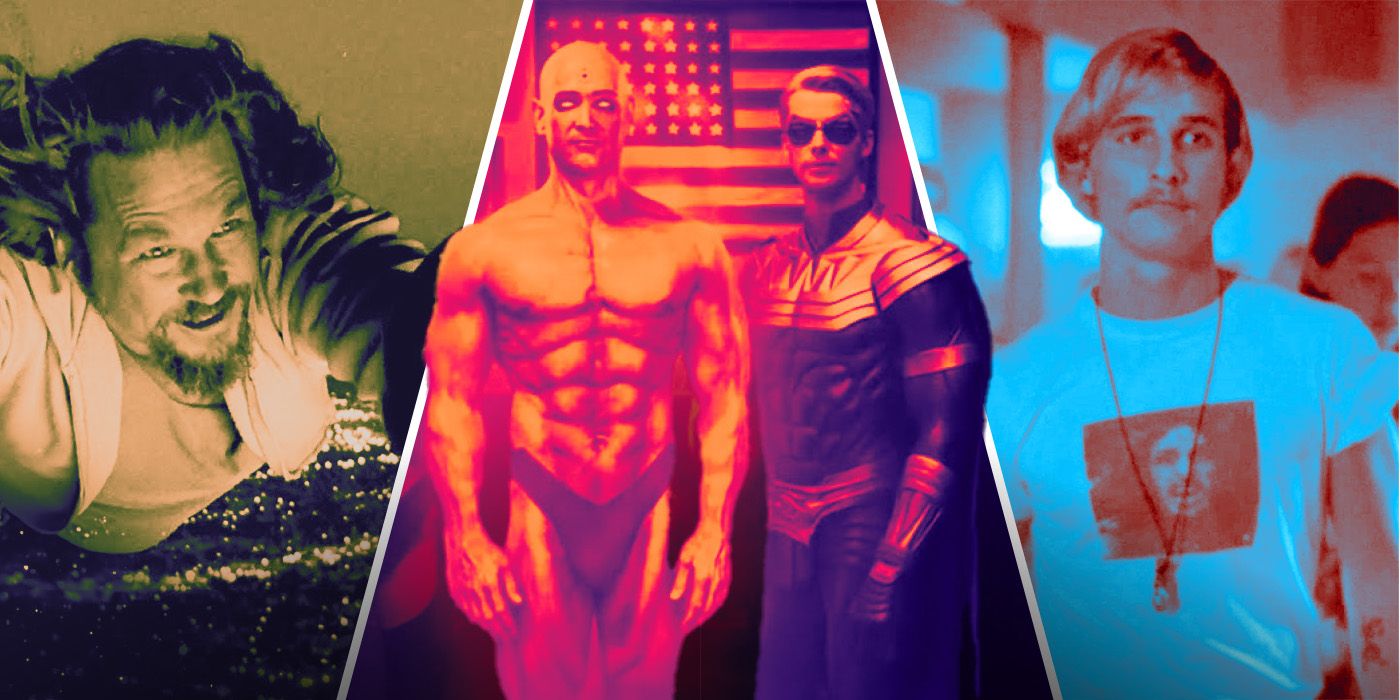
20 Bob Dylan Needle Drops That Prove Why He's the Most Featured Artist in Movies
Throughout the years, Bob Dylan's haunting lyrics and dulcet vocals have provided dozens of movie scenes with the perfect atmosphere.'He Had a Bottle in One Hand and a Gun in the Other'
Rudy Wurlitzer, whose script for the Pat Garrett film was roughly reworked by Peckinpah, would come to fear and loathe the director so much that he made him a main character (under the apt pseudonym Wesley Hardin) in Wurlitzer's own book, Slow Fade, portraying him as a drug-addled megalomaniac filmmaker. Wurlitzer recounted the first time Bob Dylan met Sam Peckinpah:
"Bob and I were walking up to Sam's house late one night when there was a scream and a terrified maid ran out. Then we heard a gunshot and I thought, ‘Oh man, this is going to blow the whole thing with Bob’. We found Sam standing in front of a mirror, completely naked. The mirror was totally blown apart, and he had a bottle in one hand and a gun in the other. And I said, 'Sam, this is Bob Dylan.'"
Of course, the moment would make its way into the film, because Peckinpah's characters were just like him, dying breeds, violent myths, shattered heroes. Ironically, and tragically, the only thing that would live on from Pat Garrett and Billy the Kid would be Dylan's music, especially "Knockin' on Heaven's Door."
James Coburn on How Peckinpah Sneaked Behind MGM's Back
MGM put Peckinpah on a leash, one that he would gnaw at endlessly. James Coburn (who played Pat Garrett) gave some great anecdotal evidence of this to Alex Simon and Terry Keefe in "The Hollywood Interview." He told them:
We found out halfway through the shoot that most of the masters we had shot were out of focus. We were using five or six cameras at once and we didn't have a camera mechanic because MGM wouldn't pay for one! So we used different lenses, different set-ups, and still, it's all out of focus.
"Finally, the camera mechanic is sent out," continued Coburn. "It turns out the flange in the camera was off by one one-thousandth of an inch, or some damn thing. So we tell Aubrey that we have to re-shoot all these masters. He says "You're not gonna re-shoot anything. The audience isn't gonna know the f*ckin' difference!" Can you imagine?! It was just mind-blowing!" Coburn added:
"So what we did was, we stole all those shots when the brass didn't know we were shooting and got it all! So now this really pissed them off, because now we had some real film on our hands! So Sam had his cut previewed, and at the same time, Aubrey had his guys cutting their film."
